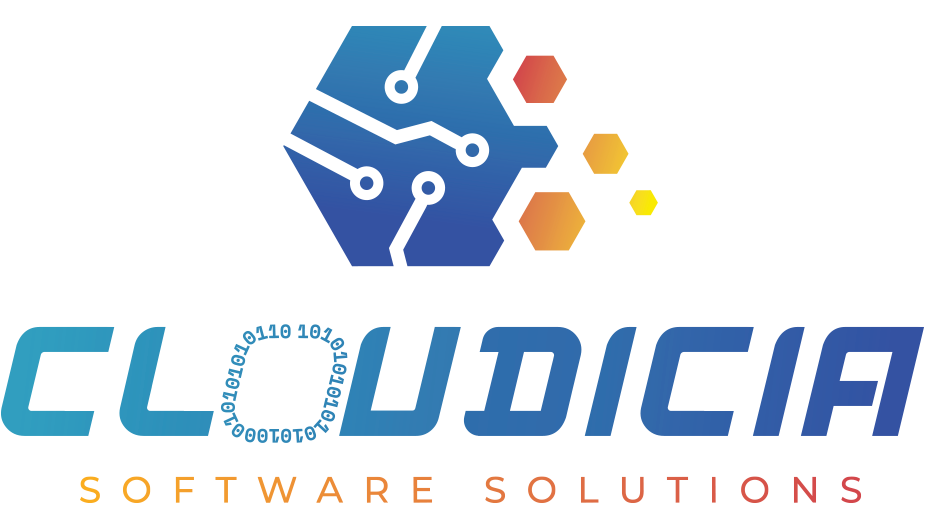Navigating the Cloud-First Future
Introduction
As more businesses strive to meet the demands of a digital-first world, the need for agility, scalability, and resilience in IT infrastructure has never been more critical. Traditional, monolithic software approaches often struggle to keep up with rapid growth or unexpected spikes in demand. Enter cloud-native architecture — a modern approach to software development and deployment that’s transforming the way companies scale, innovate, and remain competitive.
In this article, we’ll dive into why cloud-native architecture is the backbone of a scalable digital strategy and how adopting it can lead to more robust, flexible, and cost-effective systems.
What is Cloud-Native Architecture?
Cloud-native architecture leverages the full power of cloud computing by designing applications specifically to run in cloud environments.
Key components of cloud-native architecture include:
- Microservices: Breaking down applications into small, independent services that can be deployed, scaled, and maintained separately.
- Containers and Kubernetes: Using containers to bundle applications and their dependencies, with Kubernetes for orchestration, ensuring resilience and easy scaling.
- DevOps and Continuous Integration/Continuous Delivery (CI/CD): Automated processes that speed up development, testing, and deployment cycles.
Why Cloud-Native Architecture is Essential for Scaling
In today’s competitive landscape, the ability to quickly scale applications to meet demand is crucial. Cloud-native architecture makes this possible by allowing companies to scale individual microservices independently, rather than the entire application. Here’s how this approach can transform scalability:
- On-Demand Resources: Cloud-native systems can leverage cloud providers’ resources to instantly scale up or down based on traffic, minimizing downtime and preventing costly over-provisioning.
- Fault Tolerance and High Availability: By spreading out services across multiple locations or data centers, cloud-native applications reduce the risk of failures, ensuring they remain available when needed.
- Cost Efficiency: Scaling individual components based on demand helps companies avoid paying for unused resources, a critical factor for high-growth companies or startups with tight budgets.
Cloud-native architecture drivesscalability, agility, and resiliencefor businesses.
How to Implement Cloud-Native Architecture Successfully
Adopting cloud-native architecture requires a strategic approach, especially for companies transitioning from traditional systems. Here are a few best practices:
Start with Microservices:
If you’re moving from a monolithic application, break it down into microservices gradually. Start with the services that will benefit most from scalability, such as those with high traffic.
Embrace DevOps Culture:
DevOps emphasizes collaboration between development and operations teams, creating a culture of continuous improvement and faster releases. Implementing CI/CD pipelines can help automate and streamline processes.
Leverage Containers and Orchestration:
Containers make applications portable, while Kubernetes helps orchestrate these containers for automated scaling and resilience. Consider using managed services like Amazon ECS or Google Kubernetes Engine to simplify container management.
Focus on Security:
Security is essential in cloud-native architecture, given the distributed nature of microservices. Adopt security practices like identity and access management (IAM), regular vulnerability scanning, and using secure APIs.
Conclusion: Future-Proof Your Business with Cloud-Native Architecture
As digital transformation becomes a priority across industries, cloud-native architecture stands out as a forward-looking approach that enables organizations to be more agile, resilient, and scalable. At Cloudicia, we specialize in helping companies leverage cloud-native architecture with powerful tools like Quarkus, Kogito and more to maximize the value of their digital ecosystems.
Interested in learning more? Contact us to discuss how our cloud-native solutions can help future-proof your business and position you for sustainable growth.









